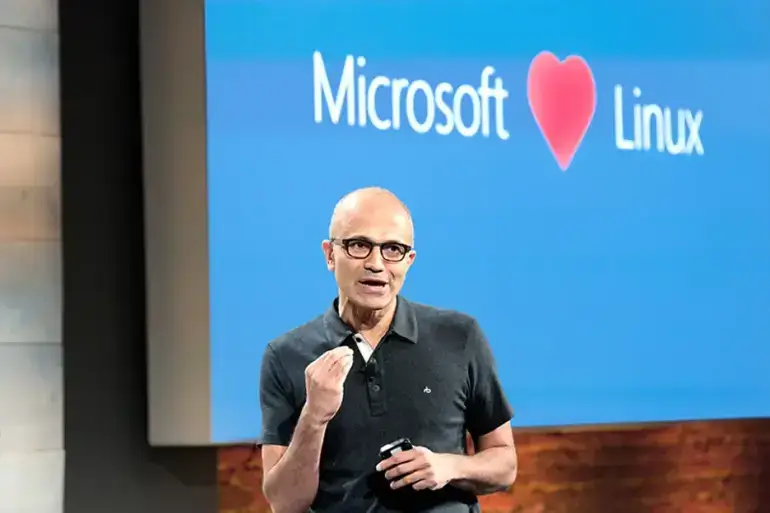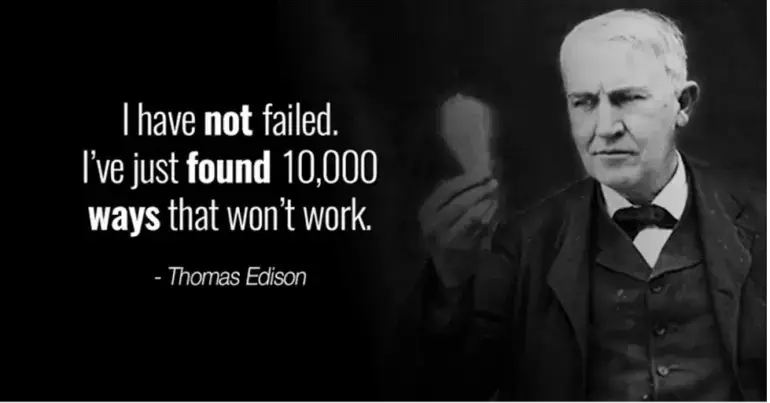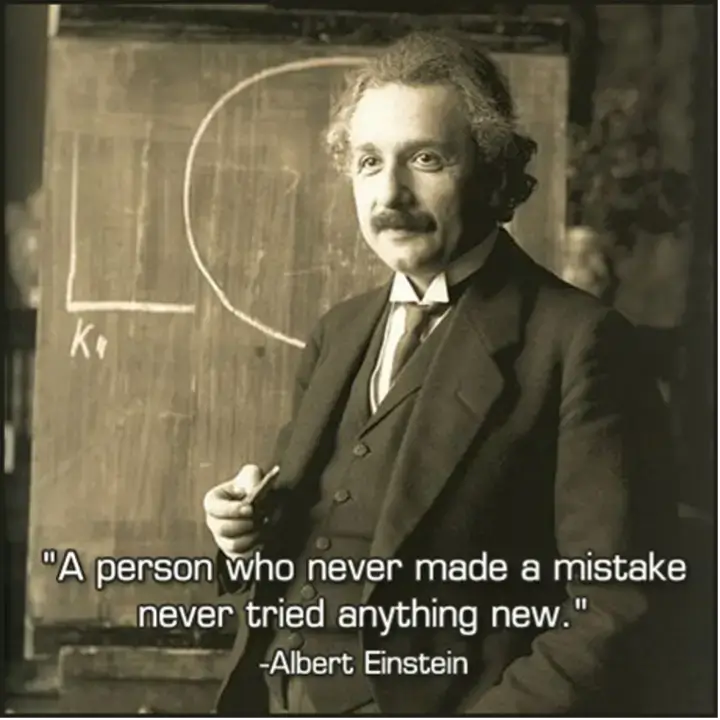
Employee Experience
Vulnerability in the workplace: the key to authentic leadership
Many workplaces now encourage their employees to be vulnerable. As an aspect of ‘bringing your authentic self to work’ it can forge connections with other people and strengthen teams. But what is workplace vulnerability? And how can you make sure everyone feels comfortable with it?
In this article, we’re going to explore how being vulnerable and asking for feedback can create stronger teams and improve organizational performance, whether you’re an employee or a manager.
Instinctively, none of us wants to be vulnerable. Not surprising, considering the word comes from the Latin vulnerare – to wound, hurt or maim. We can feel vulnerable walking alone down a dark street at night, in a group of hostile people, or even dealing with difficult emotions. Vulnerability is something internal, to be dealt with personally, and not something we can bring to work, right?
Wrong. The first thing to get straight is that vulnerability is not a bad thing. Professor Brené Brown has spent the last two decades studying vulnerability (and courage, shame, and empathy). She defines vulnerability in the workplace as:
This is why vulnerability, if we’ll let it, translates so well into the workplace. All too often, we mask who we really are at work because we’re expected to project an image of cool, calm capability and confidence – even when there are things going on in our whole lives that make us feel anything but.
Embracing vulnerability is in fact indicative of emotional intelligence: being yourself, authentic, honest, trustworthy, and relatable – all great traits for an employee.
Of course for every organization that ‘gets it’ and embraces workplace vulnerability, there’ll be another that doesn’t understand it, perceives it negatively as weakness or lack of leadership, and doesn’t know how to deal with it.
We think vulnerability is at the core of making business more human – a prerequisite for successful 21st-century organizations.
The benefits of vulnerability in the workplace
Leaders
Satya Nadella, CEO of Microsoft, wrote to his entire team worldwide during the Covid-19 pandemic:

How refreshing for a leader to open up to their entire workforce that they’re sharing the same, very personal, very human, hopes and fears. When leaders are honest and open with workers, like Satya, they:
- model that employees can be honest and open themselves
- increase their own self-awareness and understanding of the workforce
- drive better decision making
- are more human
Managers
When managers make themselves vulnerable to their teams, they:
- are more relatable and approachable
- demonstrate that it’s OK to make mistakes, or even fail
- share the stress of the job
- empathize with people who struggle, self-doubt, or say they’re overwhelmed
- demonstrate strength of character
- show self-awareness
Employees
When employees feel safe enough to be vulnerable, they:
- can bring their ‘authentic selves’ to work
- feel they can speak up, make suggestions, agree and disagree
- feel empowered to innovate, fearing no backlash if they make mistakes or fail
- learn and grow
- can be more creative
- are more productive
- have more genuine connections with their team
- are less inclined to leave (reduced turnover)
The risks of vulnerability in the workplace
There are two kinds of risk around vulnerability in the workplace:
1. Getting vulnerability wrong
In an unenlightened environment, an employee showing vulnerability may open themselves up to being taken advantage of, ridiculed, bullied, criticized, sidelined, or ostracized for not meeting expectations, or not ‘fitting in’.
Even in a more supportive environment, emotional exposure, expressing doubts, talking about personal lives, and admitting mistakes and failures at work can be deeply uncomfortable and stressful for many people.
And encouraging vulnerability isn’t a hall pass to offload every personal life problem, office gripe or perceived slight onto anyone who’ll listen. It must not be a sympathy-seeking vehicle. As Brené Brown advises, “Vulnerability without boundaries is not vulnerability.”
Boundaries at work include sharing information, emotions and experiences only with appropriate people, and if it’s the right thing to do, with the singular aim of moving work forward.
2. Having an environment that lacks psychological safety
As we’ve seen above, a workforce that is psychologically safe enough to be comfortable with vulnerability is more innovative, creative, cohesive, empowered, fearless and stable than one that isn’t.
In a world where the likes of Google, Amazon, FedEx and SpaceX were all created by innovators daring greatly and taking risks, can you afford to have a business where your people don’t feel safe enough to communicate how they feel about things affecting their work, and you have no way of finding out – until it’s too late?
Understanding how your workforce feels
One word: feedback. And making yourself vulnerable by asking for it.
We’re not talking about the annual 50-question engagement survey here, but more frequent, short pulse surveys that you can issue weekly, fortnightly, monthly or quarterly.
We found that 77% of employees want to provide feedback more than once a year, and pulses are ideal for this.
Pulse surveys help you:
- Check in with employees frequently, so you can spot a problem before it’s had time to do irreparable damage
- React quickly to those flagged problems
- Stay in touch with the team giving them frequent opportunities to share their experiences
- Track employee sentiment over time and understand how they relate to your other business metrics such as performance, turnover and voice of the customer (VoC)
- Measure the effectiveness of actions taken to solve flagged problems
Employee vulnerability, by its nature, is fast-moving and agile. Real-time feedback, such as Qualtrics’ frequent pulsing program is specifically designed to get you started quickly, and flexible enough to keep up with changing organizational priorities.
Frequent pulsing helps you understand how the team feels in the ‘moments between moments’. Our methodology encourages teams to check in weekly about their experiences. Employees can also leave open comment feedback to explain that experience in more detail. Our solution is particularly helpful for teams experiencing change, as the results dashboard provides a platform to discuss experiences each week in team meetings.
You can then use Manager Assist. This is our platform that empowers managers to listen, understand and act on feedback from their teams, in real time. You can then act on the findings from all the answers in the pulse surveys, and work in unison with teams to ensure they feel empowered.
Creating an environment where people can be themselves
1. Make it psychologically safe
You want your people to share ideas, take the initiative and try new things. They can only cooperate when they feel safe enough to challenge, confront and suggest. Manager Assist can help with this: teams can anonymously suggest ideas and vote on them.
2. Accountability sets workplace culture
Human-centricity in workplaces starts from the top down. The culture needs to be one that encourages and empowers everyone to take risks, and own the consequences. Everyone, from the CEO to the shop floor must feel open and vulnerable enough to give and receive feedback in pulse surveys.
3. Focus on learning over outcomes
The process of learning, and acquiring skills is often more valuable than the end result. A human-centric work culture values learning and improvement, providing employees with the opportunity to grow and change into high performing teams.

To prioritize learning :
- Set realistic and achievable goals that move learning forward
- Because things don’t always go to plan, be a role model for this behavior and support others when they mess up, too.
- Reflect on the learning process: take time to review the learning, ask questions, discuss next steps and celebrate good work and positive learning outcomes. The objective of reflection is to inform future practice - to discover what worked well, what gaps in learning may still exist, what needs to be revisited.
And finally…
Let’s give the last word to Brené Brown:
Discover how asking for feedback can improve internal performance

